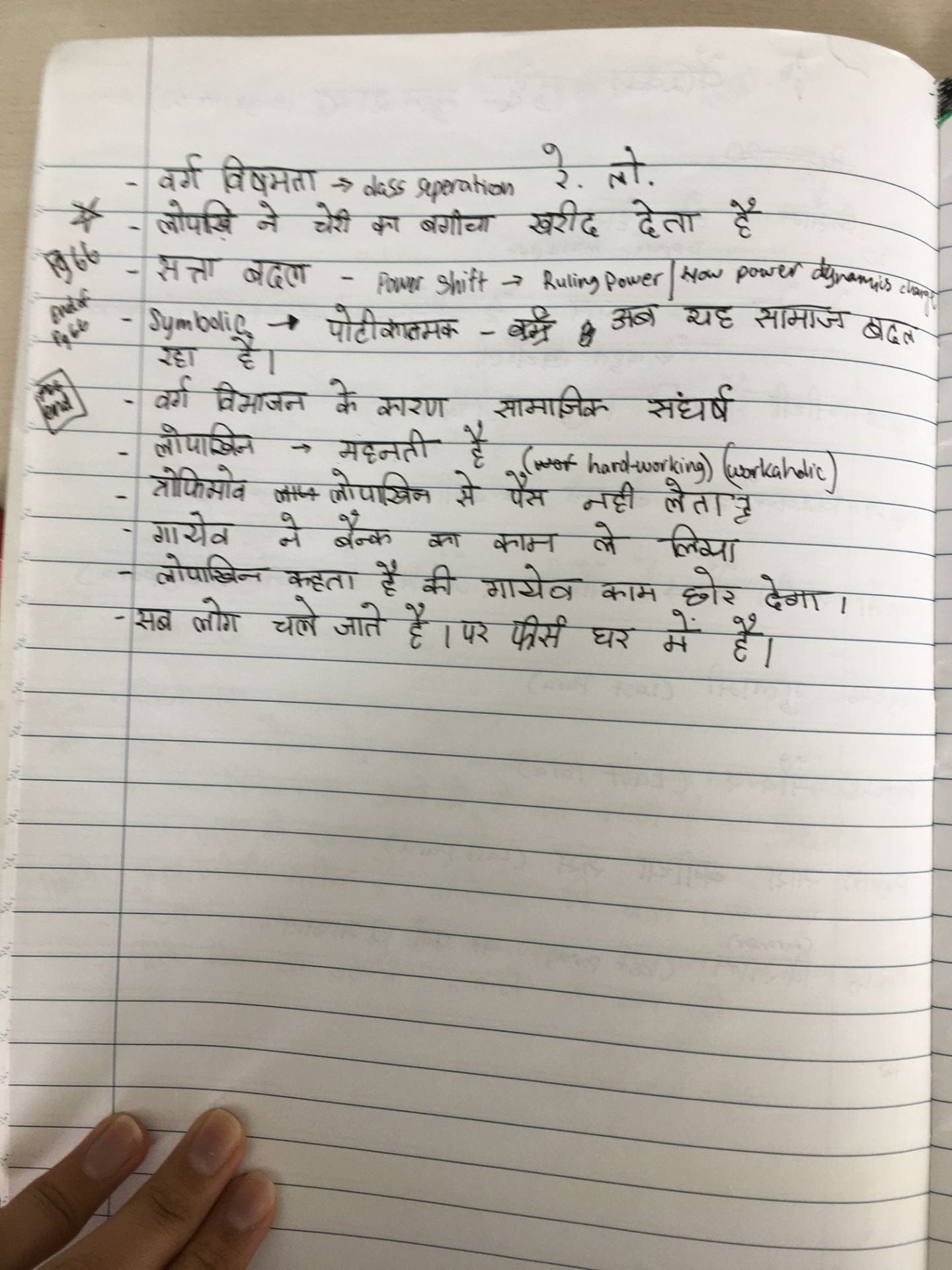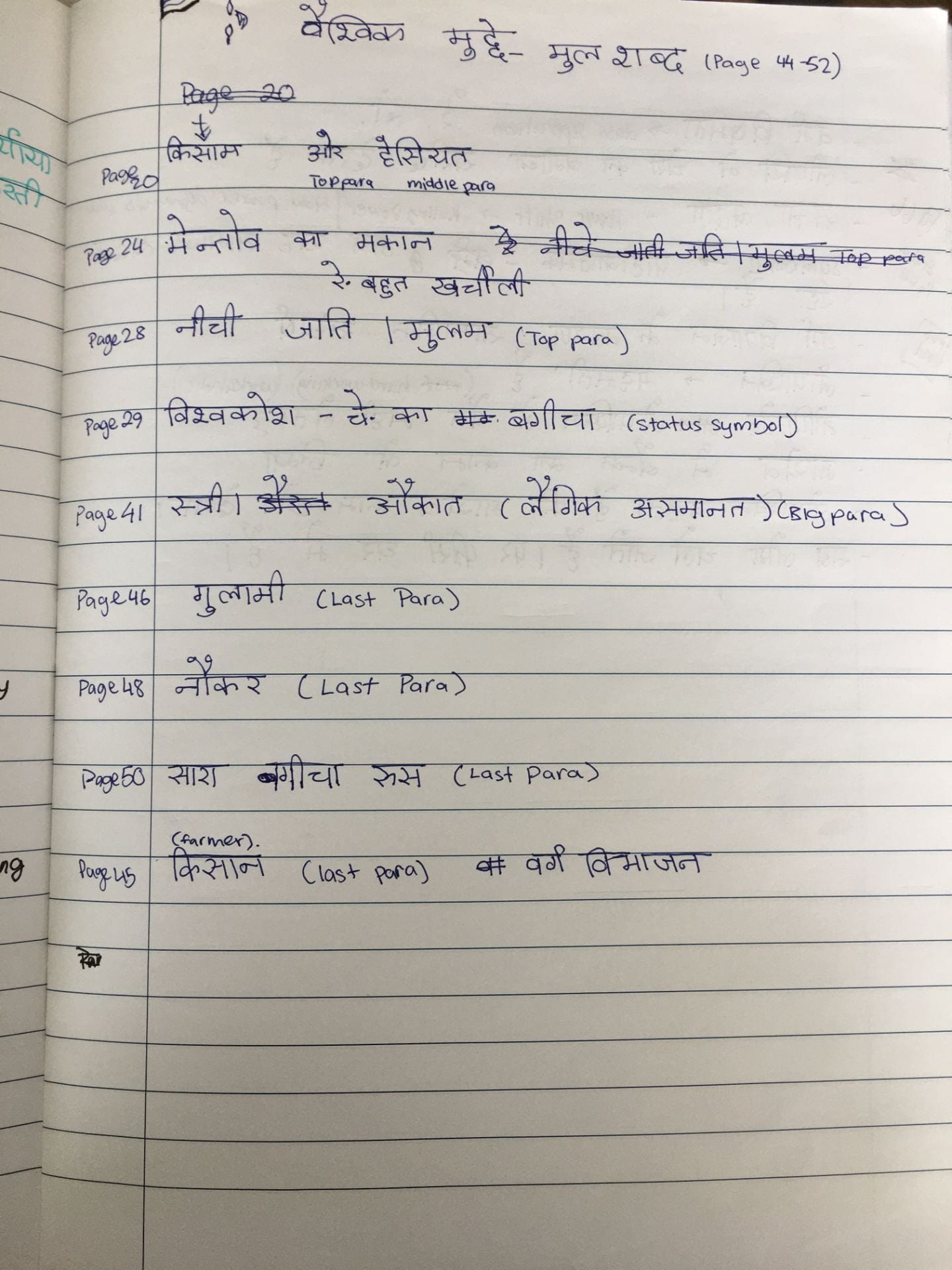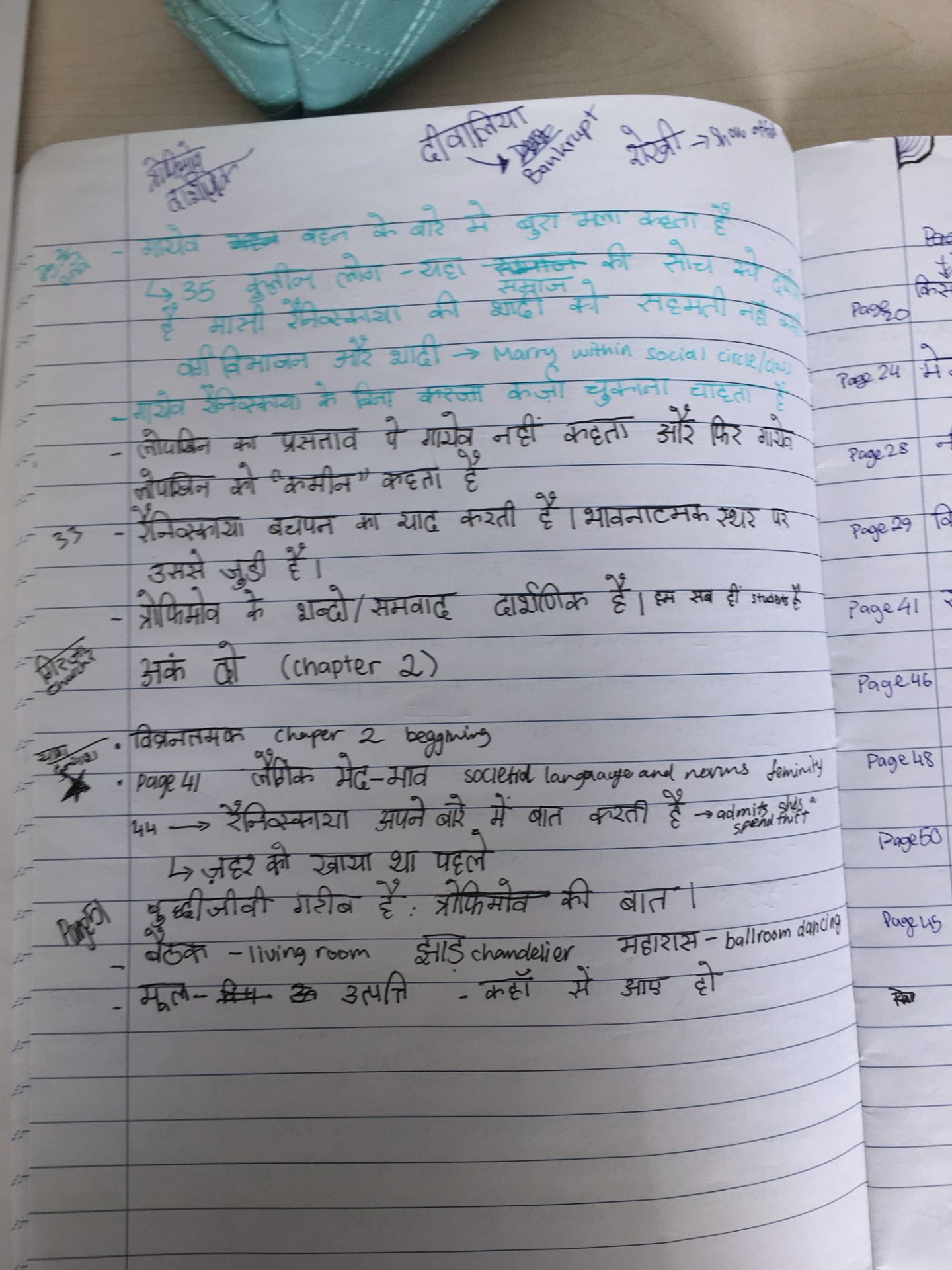-
-
- SEASAC was a pretty boring conference. With the mindset that I was applying and attending an advanced conference, it was a let down to have a very basic beginner debate. Most delegates in my committee were first-timers who didn’t really participate. Essentially 3 or four mainly UWC students were at the heart of our committee.
- Though the debate didn’t get very interesting or deep It was an amazing learning opportunity. I was able to learn how to explain my ideas to inexperienced delegates who didn’t necessarily understand the nuances of the debate. At the time I was definitely challenged as it became frustrating to explain concepts regarding economics, following your stance, and diplomacy to delegates (some of whom were in MIDDLE SCHOOL OR GRADE 9???).
- At times the Head chair was also unaware of the THIMUN procedure as he was a FIRST TIME CHAIRS (I myself have chaired 3 times and it was interesting but sad to see the chair unable to follow procedure, especially him being head chair, the sad part was that the dep chair didn’t really help him). Our dep chair had “wifi issues” ( though she later admitted to just waking up late), and even left debate at times partially because of actual wifi issues but also random breaks and her desire to play basketball. I did however understand the dep chairs frustration of being a rep chair considering she was ACTUALLY an experienced THIMUN chair. Overall this conference also taught me a lot about what I would not want to do as a chair.
- It was weird to have half the committee not turn on their cameras as the feeling of debating a person isn’t the same if you can’t see their face. However, considering that some of those delegates were from Myanmar and the current political tensions, unfortunately, made it difficult for them. It was however interesting to see the global value of MUN for these delegates who were struggling and how MUN became a community to do something practical and interesting to talk about serious issues like the one in Myanmar.
- Some delegates in my resolution group were fairly good and it was nice to participate in the creating of a fairly good resolution. In the end, I did end up winning the “Highest Commendation Award”, Though I’m not fully sure what it means. To be completely honest I wasn’t too surprised that I got it seeing as not many delegates participated and most of the ones that didn’t make any sense, low-key shouted, did not understand basic MUN. I do think I could have won best delegate however I did try to correct the struggling chairs (sometimes perhaps slightly passive-aggressively), and at times was not very diplomatic out of sheer frustration. After this experience, I have learnt that after assessing the level of the committee if delegates are not experienced it is not worth it to try to tell them they are wrong as they are not going to understand. It’s better (if you are a delegate) to leave it to the chairs, even if they choose to do nothing about it.
- There was also the challenge of virtual conferences and planning them for delegates which were hard for this school. Online conferences are also difficult considering hours of staring at your screen for debate is difficult and it gave me a headache.
- #LO1, #LO2, #LO4, #LO6
-
Author: Anvita
NeuroSoc: Talking to a neuroscientist
Recently we have had a Careers fair in which a neuroscientist researcher was present. Due to high demand spots filled up very fast and many people who were interested in learning about neuroscience didn’t get their opportunity. Shreya and I took the initiative to help people in our activity get the opportunity to talk to. We emailed and set up a meeting with her over the Chinese New Years break. We told her about our club and what we do it in.
During the meeting which was the first lesson back, she talked to us about her job and her journey to becoming a researcher. It was very useful to understand the steps she took to get where she is. Our members were very engaged and we had an hour-long discussion where we asked many questions. She talked about her experience in interning in hospitals and provided many anecdotes.
#LO1, #LO3, #LO6
Meditation
#LO1
Due to the many other activities and projects in which I am involved, I decided to stop doing Meditation Morning. I decided that since I have started Yoga and Meditation I will still be able to work on my meditation skills while increasing the time I can sleep. My sleep schedule is very important to me and I didn’t want meditation to become a source of stress in my life as it should be the opposite.
NeuroSoc: Science Fair Planning
Over the past few weeks, we worked on preparing our members for the upcoming science fair as well as working on our own projects. The was an opportunity for us to explore global issues and the ethical implications of certain neurological diseases and treatments.
Shreya and I decided to do a research project on Phantom limbs. When Limbs are amputated the leftover nerve cells can often give off mixed signals which can trick the brain into thinking that the limb is still there. Dr Vilayanur Ramachandrans is a pioneering scientist in this field of study, asking questions such as Why can we feel pain in a limb that isn’t there? How can we itch an invisible itch? How will drugs that are intended to work on the physical bodywork on the invisible body?
Ramachandran came up with the idea of mirror therapy for phantom limb pain in the 1990s. It tries to get the patient to visualise their missing limb, often doing something casual or relaxing so our previous experiences signal the brain that there is a familiar and relaxing feeling which can put the mind at ease. This idea of visualisation can be seen with athletes too some athletes swear by it; they first visualize themselves performing perfectly—a perfect run down that ski slope, a perfect long jump, a faultless throw of the javelin—and then when they do the real action their brain is primed for the right moves, allowing the athlete to relax effortlessly into the right motions. Though this helps some people there is still controversy surrounding it.
The brain constructs how you feel your pain based on your past experiences and beliefs, and even your genetics, as well as on the actual physical pain sensation from your hand. If you expect your hand to still be on fire after 10 minutes of cold water, it likely will be; your brain will keep the pain volume turned up. If you have been burnt before and know it will sting for a while but is no big deal, your brain will turn down the pain. It’s a sort of placebo effect, a little different from when a mother tells her child that she will kiss the grazed knee better, and the child’s tears dry instantly and she runs happily back to play.
Shreya and I were able to explore the ethical impacts of administering drugs or even placebos considering that they aren’t necessarily going to work. Doctors are meant to help their patient but if they use placebos there is a chance that It might not work. There are also ethical questions about whether giving pain killers for phantom limb pains is ethical considering that pain killers can be addictive and we are using them to treat something in a way we aren’t completely sure about.
The link above is a video of the example of mirror therapy which is a treatment for Phantom Limb sensation.
Cherry ka bagicha notes
Yoga: reflection #2
After my first Yoga session, I have many things to reflect on. Yoga is something I have always been interested in. Stretching, Flexibility and Strength are combined with spirituality, mindfulness, and peace. Over the course of the meditation activity with Mr Suarez I improved my meditation skills, however, I found sitting still very difficult as my mind starts to wander. I really enjoyed the first session and look forward to the rest. Some of my goals include: – Improving my strength and flexibility – being able to not get distracted – and to implement more yoga in my daily life. Over the last year, I have formed the habit of stretching (downward dog, child pose) before bed, and I want to start doing a few mins of stretching when I wake up as well.
#LO1 #LO2
Liza Donnelly: Drawing Upon Humour For Change.
Liza Donnelly: Drawing Upon Humour For Change.
Subject matter: Gender Roles and Femininity
Style: Simplistic Cartoons
Opinion Perspective:
- From a young age, women are told how they should act
- Women often push the stereotypes onto each other rather than helping each other, however, using humour to show the shared experiences that women have can create change.
- “Humor relies on the tradition of a society”
- Context is everything → each culture has their own “rules” (traditions)
- Cartoons can help us make sense of the world
- Humour can make us question the ridiculous standard which is set in society (many of them hypocritical). For example, the cartoon which showed a girl saying should I be a “good girl” or “slut” shows labels which are placed on women and when said by the character, which was a small girl audience can see how harmful labels like those are.
Yoga and Meditiation
Today is the first day of my Yoga and meditation activity. I’m really excited to do some yoga. I have never really done it before. I have a really busy schedule I feel that yoga would give me the opportunity to relax my body and mind and allow me to create good habits in terms of stretching. Yoga is really good for you and it will reduce stress in your life. I feel pretty stressed so I want to reduce that. I like stretching before I go to sleep but I want recently I have been getting less sleep and cutting down on my stretching. So because I signed up for this I have to make time for exercise, which is of course very important. Guided Yoga will allow me to learn new poses which are more advanced.
#LO1- Awareness













